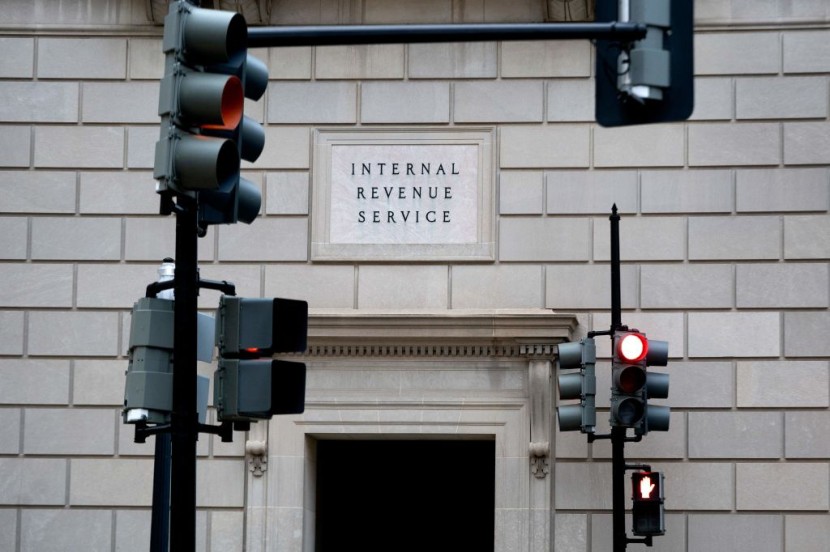The Internal Revenue Service (IRS) has recently revealed adjustments to income tax brackets and standard deductions for the upcoming tax year 2024-2025.
In its annual inflation adjustments report, the IRS disclosed a 5.4% increase in income thresholds to prevent "bracket creep" caused by inflation. While this rise is less than the historical 7% increase observed last year, it remains significant compared to periods of lower inflation, as per Boston25 News.
IRS Reveals 2024 Tax Bracket Adjustments

The adjustments are part of the IRS's routine efforts to align tax brackets with the consumer price index, ensuring taxpayers are not inadvertently pushed into higher tax brackets solely due to inflation. The seven federal income tax rates, established by the 2017 Tax Cuts and Jobs Act, are progressive, meaning higher earners face a higher percentage of taxes.
The rates for 2024 range from 10% for individuals with taxable income up to $11,600 (joint filers up to $23,200) to 37% for individuals earning above $609,350 and married couples filing jointly with an income of $731,200 or more.
Tax planning is crucial, and the IRS has released the new inflation-adjusted income tax brackets and standard deduction amounts for 2024. These adjustments are relevant to tax returns filed in early 2025. While the changes are designed to counteract the effects of inflation, they do not substantially alter an individual's overall tax burden.
The standard deduction amounts for the upcoming tax year have been announced. The federal standard deduction will increase to $14,600 for individuals and married people filing separately. Married couples filing jointly will see their normal deduction rise to $29,200, while those filing as heads of household will have a standard deduction of $21,900. Most taxpayers opt for the standard deduction, but some may itemize deductions if they exceed the average deduction amount, according to USA Today.
Read Also: California Gov. Gavin Newsom Issues State of Emergency Following Massive 10 Freeway Fire in
2024 Tax Bracket
The federal income tax code maintains seven tax rates ranging from 10% to 37%, each applicable to specific income brackets. For tax year 2024, the income tax brackets are as follows:
10%: Income up to $11,600 ($23,200 for married couples filing jointly)
12%: Income over $11,600 ($23,200 for joint filers)
22%: Income over $47,150 ($94,300 for joint filers)
24%: Income over $100,525 ($201,050 for joint filers)
32%: Income over $191,950 ($383,900 for joint filers)
35%: Income over $243,725 ($487,450 for joint filers)
37%: Income over $609,350 ($731,200 for joint filers)
It's important to note that taxable income is calculated as gross income minus eligible tax breaks. For instance, if your taxable income falls between $11,600 and $47,150, you will be taxed 12%.
Additionally, the IRS has adjusted contribution limits for Flexible Spending Accounts (FSAs), allowing participants to save up to $3,200 in 2024. If your employer offers a Flexible Spending Account, this can be a tax-efficient way to cover out-of-pocket medical expenses.
Furthermore, the IRS has raised the contribution limits for tax-advantaged retirement accounts such as 401(k)s and IRAs. These adjustments allow individuals to save more for their future while enjoying tax benefits.
For comprehensive details on these changes and others for the tax year 2024, taxpayers can refer to the IRS tax inflation adjustments. Staying informed about these adjustments is crucial for effective financial planning and ensuring compliance with the latest tax regulations, CNN News reported.
Related Article : Why MIT Admins Will No Longer Suspend Pro-Palestine Student Protesters
© 2025 HNGN, All rights reserved. Do not reproduce without permission.








